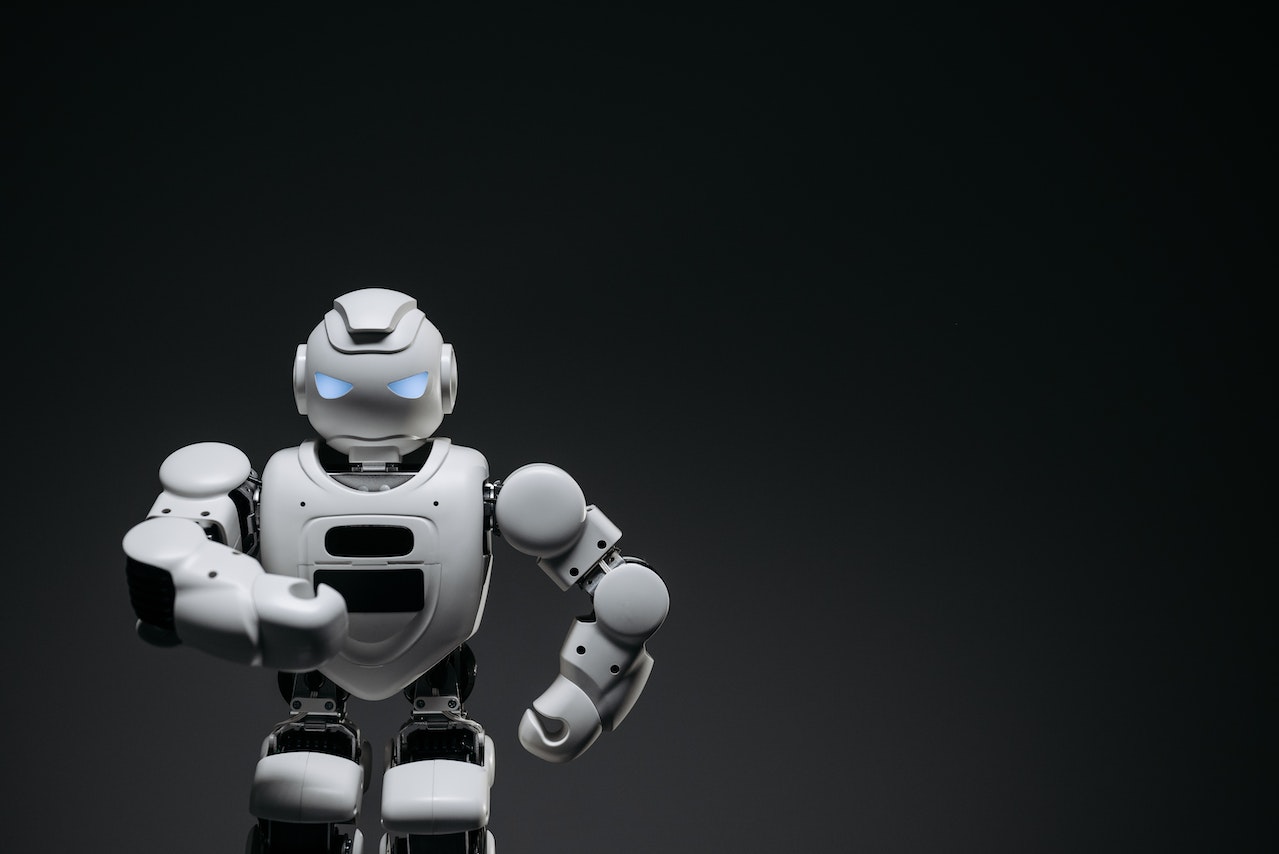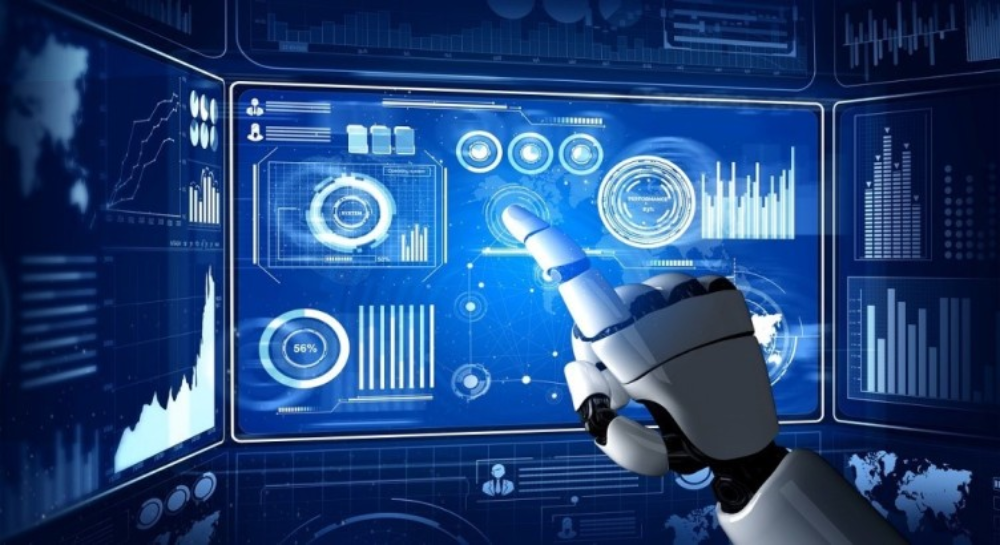Comments
- No comments found

The pressure on managers to enhance productivity has grown, driven in part by the efficiencies offered by generative AI tools.
AI's rise has also led to a crisis of trust within organizations, as employees view AI as a job threat. According to Goldman Sachs research, 66% of jobs in the US will be partially automated through artificial intelligence, while 25% of jobs will be completely automated by using AI in the US. Not only that, 29% of computer-related tasks will be automated.
Despite concerns, many fears about generative AI stem from misinformation, as AI technology has existed in various forms for decades, often unnoticed by individuals who tend to associate it with exaggerated Hollywood portrayals.
Erick Brethenoux, Gartner's AI steering council, emphasizes that currently, there are no instances of artificial intelligence systems autonomously conducting data science without human involvement. Experts suggest that apprehensions and uncertainties surrounding generative AI tools often stem from a lack of understanding. Despite AI's presence for over 50 years, many fail to recognize its pervasive existence. Brethenoux attributes fear to unrealistic science fiction portrayals, highlighting the prevalent hype around AI.
This article will cover seven ways in which you can build employee trust, even in an AI era.
Here are seven ways in which you can build employee trust in a world dominated by artificial intelligence.

One of the fundamental pillars of building trust in an AI-infused workplace is transparent communication. Organizations should openly discuss their artificial intelligence initiatives, their goals, and the expected impact on employees' roles. Transparent communication assures employees that AI is being implemented to augment their capabilities rather than replace them. Regular updates and opportunities for question and answer sessions can provide employees with a platform to voice their concerns and seek clarification, leading to a more informed and trusting workforce.
The significance of fostering continuous learning and upskilling pathways cannot be overstated. Establishing avenues for ongoing education is pivotal in cultivating trust among employees. It is incumbent upon companies to allocate resources towards comprehensive training initiatives, empowering their workforce with the requisite proficiencies to collaborate harmoniously with AI systems even if they have to buy VPS hosting for it. This resolute dedication to nurturing employee growth underscores the organization's esteem for its staff and their enduring triumphs within the enterprise.
A paramount facet of seamlessly integrating artificial intelligence into operations is the unwavering adherence to a people-centric methodology. The cardinal principle dictates that AI frameworks should be formulated to amplify and enrich human capacities rather than rendering them redundant. By actively engaging employees in the formulation of AI systems and soliciting their insights, corporations affirm their commitment to devising resolutions that impeccably dovetail with employee requisites and inclinations.

The ethical use of artificial intelligence is a significant concern for employees. Establishing clear guidelines on how artificial intelligence will be used, ensuring data privacy, and mitigating bias helps alleviate employee fears. By demonstrating a commitment to responsible AI practices, organizations not only build trust but also create a positive reputation in the eyes of both employees and customers.
Encouraging collaboration between employees and artificial intelligence systems can foster trust and enhance productivity. AI tools can assist employees in tasks that require data analysis and repetitive processes, freeing up human resources for more creative and strategic work. This collaborative environment emphasizes that artificial intelligence is a tool to aid employees rather than replace them, reinforcing a sense of value and trust.
The introduction of artificial intelligence may lead to the redesign of certain job roles. Organizations should take a proactive approach to clarifying the new responsibilities and expectations associated with these roles. By involving employees in the process of defining these changes, companies can mitigate uncertainty and build trust by showing a commitment to their career growth and well-being.

Leadership plays a pivotal role in building trust in an AI-driven workplace. Executives and managers should actively demonstrate their support for employees as they navigate changes due to AI adoption. By openly endorsing AI initiatives, addressing concerns, and showcasing their belief in the employees' abilities to adapt, leaders can set a positive tone that resonates throughout the organization.
Furthermore, effective leadership in an AI-driven workplace involves not only endorsing artificial intelligence initiatives but also fostering a culture of continuous learning and skill development. Executives and managers should prioritize providing resources for upskilling and reskilling, enabling employees to acquire the necessary competencies to thrive alongside AI technologies.
The integration of artificial intelligence into the workplace is reshaping industries and redefining traditional roles. As organizations embrace the potential of AI, they must also prioritize building and maintaining employee trust. Transparent communication, upskilling, human-centric artificial intelligence-based design, ethical guidelines, collaboration, job redesign, and strong leadership support are all essential components of fostering trust in an AI-centric world. By embracing these strategies, organizations can create an environment where employees feel valued, empowered, and prepared to succeed alongside artificial intelligence technologies.
Luke Fitzpatrick has been published in Forbes, Yahoo! News and Influencive. He is also a guest lecturer at the University of Sydney, lecturing in Cross-Cultural Management and the Pre-MBA Program. You can connect with him on LinkedIn.
Leave your comments
Post comment as a guest